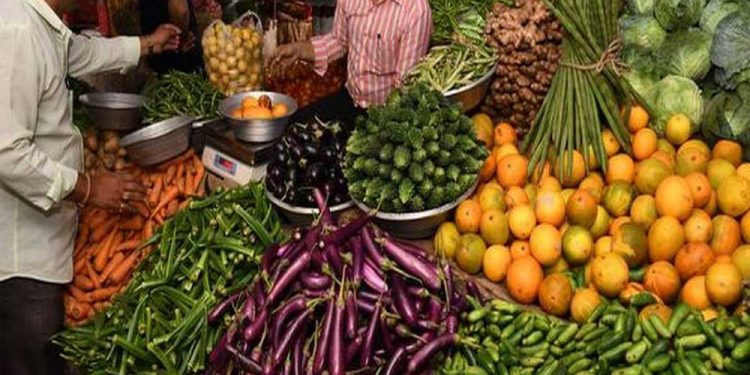New Delhi: Retail inflation for industrial workers eased marginally to 5.27 per cent in July, mainly due to lower prices of certain food items.
“Year-on-year inflation for the month stood at 5.27 per cent compared to 5.57 per cent for the previous month (June 2021) and 5.33 per cent during the corresponding month a year before (July 2020),” a labour ministry statement said.
Food inflation stood at 4.91 per cent against 5.61 per cent in June 2021 and 6.38 per cent in July of last year.
The all-India CPI-IW (Consumer Price Index-Industrial Workers) for July 2021 increased by 1.1 points and stood at 122.8 points. It was 121.7 points in June 2021.
The maximum upward pressure on the index came from the ‘miscellaneous group’, contributing 0.42 percentage points to the total change.
At item level, dairy milk, poultry/chicken, mango, carrot, cauliflower, onion, tomato, cooking gas, doctor’s/ surgeon’s fee, allopathic medicines, auto rickshaw/ scooter fare, bus fare, rail fare, petrol, housing, among others, contributed to the price rise.
However, items like fish, edible oil, pomegranate/anar and lemon put downward pressure on the index.
At centre level, Yamunanagar recorded maximum increase of 4.7 points, followed by Goa, Nagpur and Belgaum with 3.7 points, 3.6 points and 3 points respectively.
Among others, nine centres observed an increase between 2 to 2.7 points, 32 centres between 1 to 1.9 points and 34 centres between 0.1 to 0.9 points.
On the contrary, Sibsagar recorded the maximum decrease of 1 point. Among others, six centres observed a decline between 0.1 to 0.9 points. Rest of two centres saw no change.
The Labour Bureau, an attached office of the Ministry of Labour and Employment, has been compiling Consumer Price Index for Industrial Workers every month on the basis of retail prices collected from 317 markets spread over 88 industrially important centres in the country.
The index is compiled for 88 centres as well as all-India, and is released on the last working day of succeeding month.
The CPI-IW is primarily used to regulate the dearness allowance of government employees and workers in industrial sectors. It is also used in fixation and revision of minimum wages in scheduled employments, besides measuring the inflation in retail prices.
PTI






































